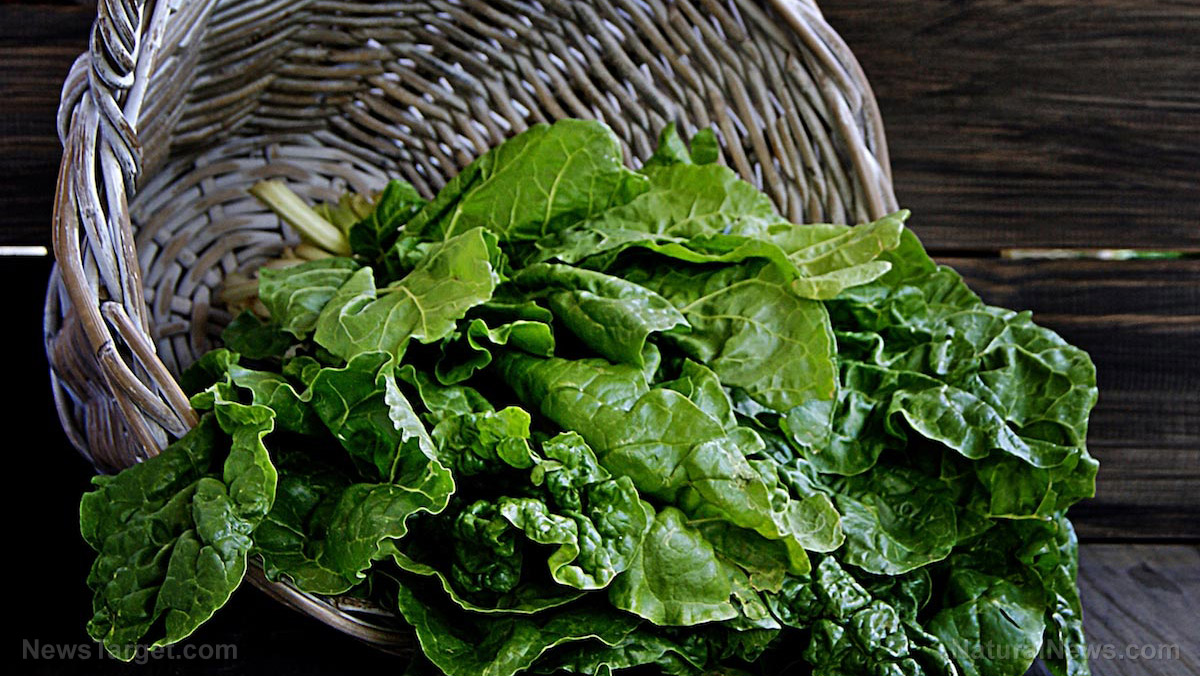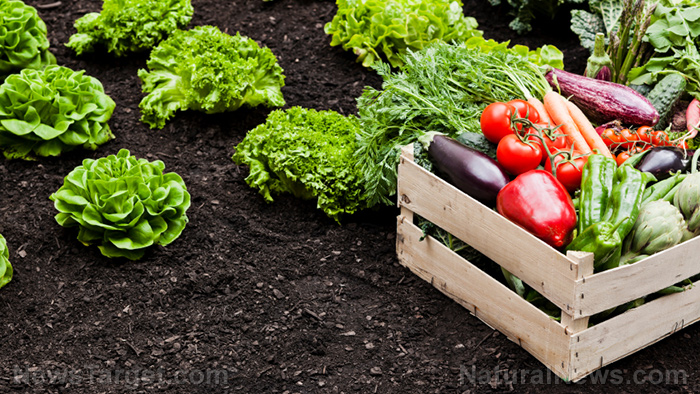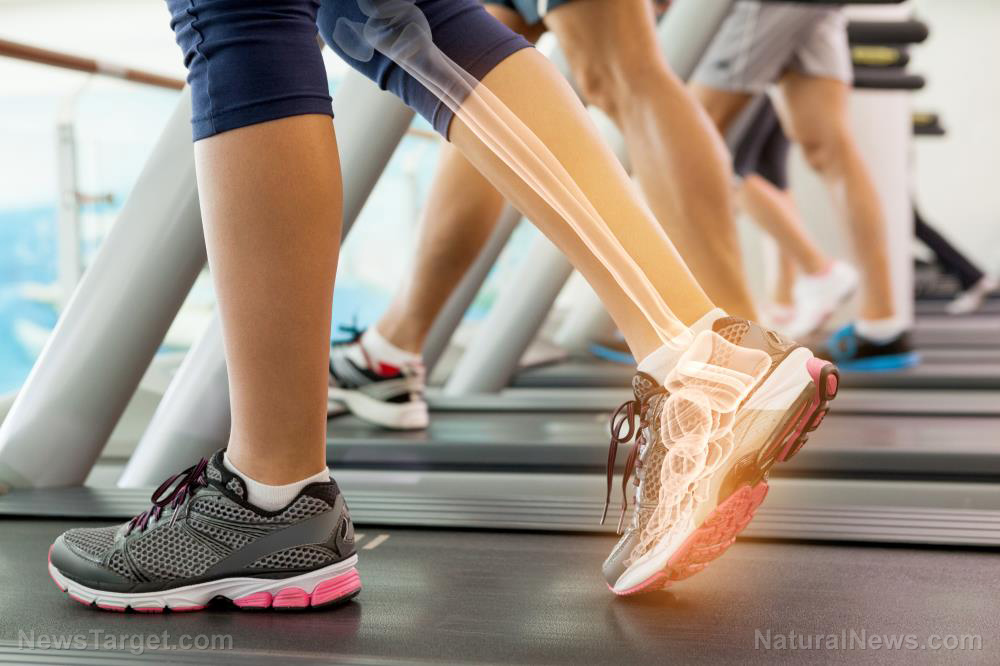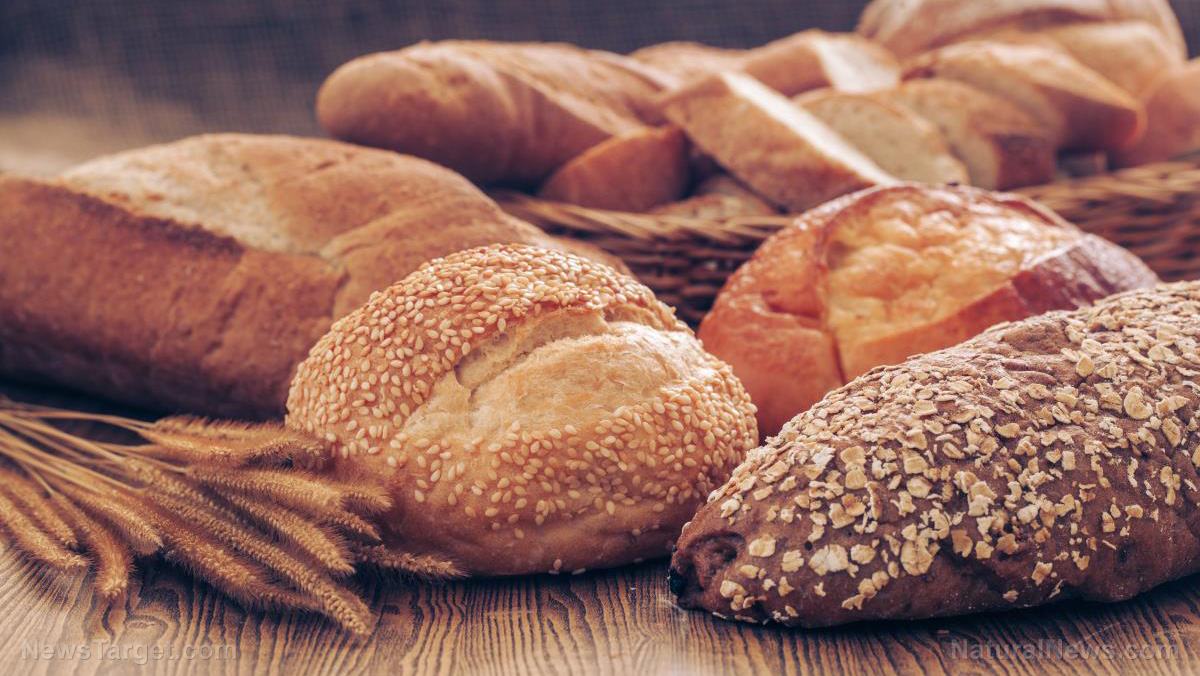The effects of quercetin on intestinal and vascular smooth muscle
05/30/2019 // Evangelyn Rodriguez // Views
Tags: active compounds, calcium, flavonoid, gallbladder, gallbladder smooth muscle, goodhealth, goodscience, muscles, nitric oxide, phytochemicals, phytonutrients, plant component, plant pigment, prevention, protein kinase, quercetin, research
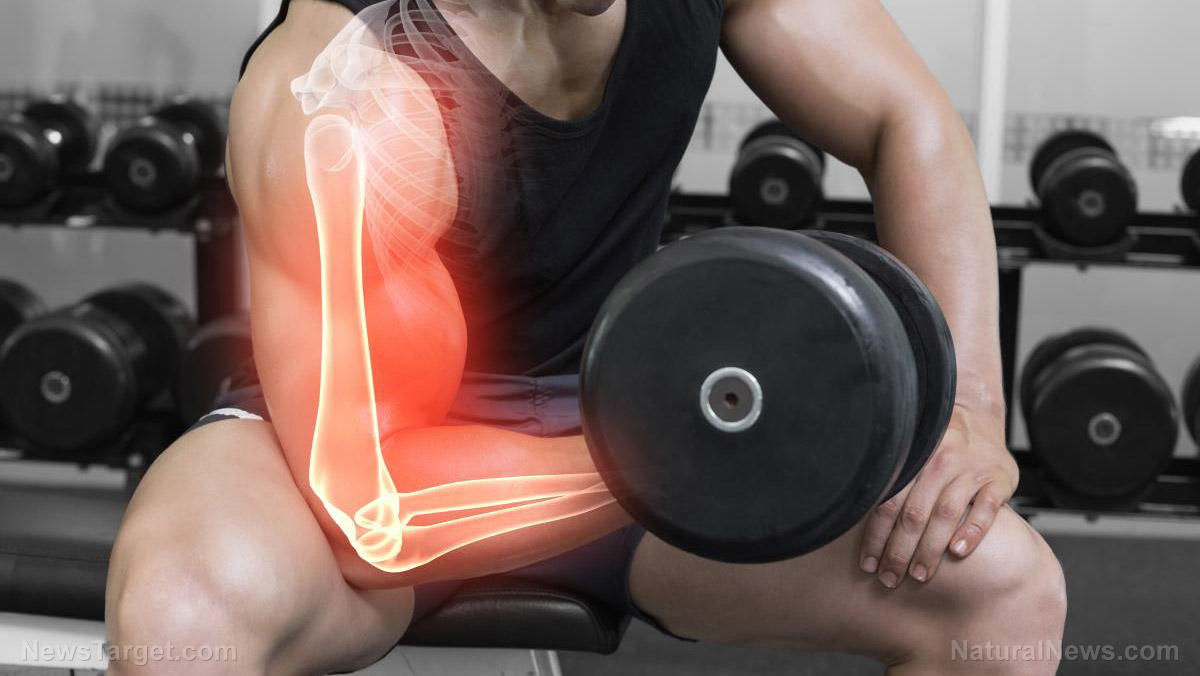
- Quercetin is a phytoestrogen and a flavonoid that can relax intestinal and vascular smooth muscle.
- The researchers used an in vitro technique to determine the effects of quercetin on gallbladder strips and which system(s) mediated the relaxation.
- They used paired t-tests and considered differences between means of P < .05 significant.
- They reported that the addition of quercetin before cholecystokinin or potassium chloride (KCl) produced a significant (P < .001) decrease in the amount of tension (0.80 ± 0.04 vs. 0.48 ± 0.04 g cholecystokinin octapeptide and 0.8 ± 0.06 vs. 0.54 ± 0.05 g KCl, respectively).
- When they added protein kinase C (PKC) inhibitors bisindolymaleimide IV and chelerythrine Cl? simultaneously, they observed a significant (P < .001) reduction in the quercetin-induced relaxation (45.7 percent ± 4.3 percent vs. 27.6 percent ± 3.4 percent).
- They also used protein kinase A (PKA) inhibitor 14-22 amide, myristolated to determine if PKA mediated the quercetin-induced relaxation. They found that it significantly (P < .05) decreased the amount of quercetin-induced relaxation (40.4 percent ± 3.7 percent vs. 34.5 percent ± 3.3 percent).
- 2-APB (51.2 percent ± 3.5 percent vs. 14.8 percent ± 3.6 percent) and l-NG-methyl-l-arginine acetate salt (45.7 percent ± 4.2 percent vs. 35.2 percent ± 3.6 percent) – a nitric oxide synthase inhibitor – also significantly (P < .001) reduced the amount of quercetin-induced relaxation.
- KT5823, a PKC inhibitor, had no effect on the quercetin-induced relaxation.
- The researchers also found that quercetin blocked extracellular Ca2+ entry, affecting downstream events, such as activation of PKC, PKA, intracellular Ca2+ release, and activation of nitric oxide synthase.
- Quercetin relaxed cholecystokinin octapeptide and KCl-induced tension in a concentration-dependent manner.
Based on these findings, the researchers concluded that quercetin can induce relaxation of gallbladder smooth muscle via multiple signaling pathways.
Journal Reference:
Kline L, Karpinski E. QUERCETIN RELAXES GUINEA PIG GALLBLADDER STRIPS. Nutrition Research. October 2016;36(10):1098–1104. DOI: 10.1016/j.nutres.2016.09.008
Related Topics
active compounds calcium flavonoid gallbladder gallbladder smooth muscle goodhealth goodscience muscles nitric oxide phytochemicals phytonutrients plant component plant pigment prevention protein kinase quercetin researchLatest News
Related News
05/01/2023 / By Ramon Tomey
06/27/2022 / By Zoey Sky
10/29/2020 / By Virgilio Marin
10/22/2020 / By Michael Alexander
08/17/2020 / By Virgilio Marin
08/17/2020 / By Virgilio Marin
Take Action:
Support Natural News by linking to this article from your website.
Permalink to this article:
Copy
Embed article link:
Copy
Reprinting this article:
Non-commercial use is permitted with credit to NaturalNews.com (including a clickable link).
Please contact us for more information.
Please contact us for more information.















